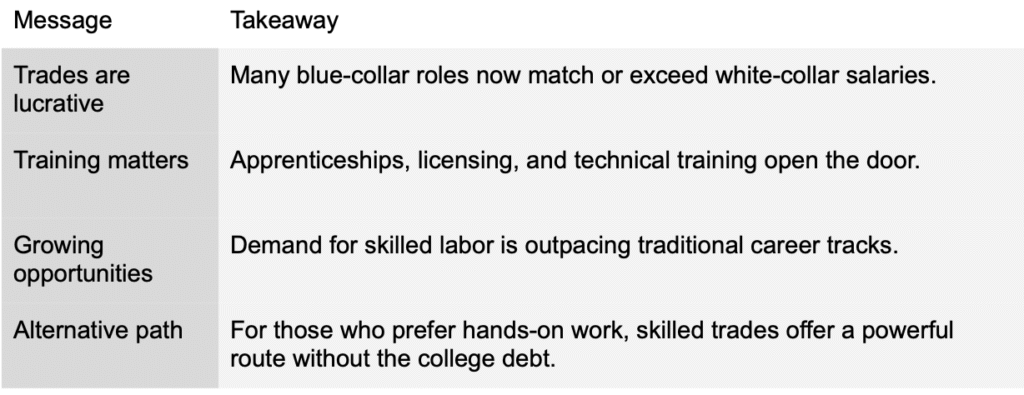Recruitment has always been about people—matching the right candidate with the right role. But in the age of artificial intelligence, many job seekers and recruiters are asking: Will AI replace recruiters altogether?
It’s a fair question. AI tools are becoming a staple in the hiring world. They screen resumes, schedule interviews, send automated updates, and even rank candidates based on keywords.
In fact, 87% of companies worldwide now use AI in some form of recruitment, and 82% rely on it for resume screening. So what does that mean for recruiters? Are their roles at risk, or are they simply evolving to meet the demands of a tech-driven hiring landscape?

Will AI Replace Recruiters?
Here are a few ways companies are already using AI in their hiring process:
- Resume Screening: AI sorts through hundreds of applications in seconds, flagging the most qualified candidates.
- Interview Scheduling: Chatbots handle back-and-forth communication to set up interview times.
- Candidate Matching: Algorithms analyze skills and experiences to pair candidates with job requirements.
- Chatbots & Candidate Engagement: More than 40% of companies use AI-powered bots to answer applicant questions and keep the process moving.
For recruiters, this automation eliminates hours of repetitive tasks—saving time and cutting hiring costs by as much as 30% per hire.
What AI Still Can’t Do
Efficiency is powerful, but AI isn’t perfect. It has limits that highlight why human recruiters remain irreplaceable.
- Lack of Human Intuition: AI can scan keywords but can’t assess soft skills like adaptability, empathy, or leadership.
- Bias Concerns: Algorithms can reinforce existing hiring biases. Studies have shown AI tools often favor men in higher-wage roles, raising fairness concerns.
- Relationship Building: Recruitment isn’t just about skills—it’s about cultural fit, motivation, and long-term growth potential. These require human conversations and trust.
No matter how advanced, AI can’t replicate the nuance of human judgment.
The Recruiter + AI Partnership
Instead of being replaced, recruiters who embrace AI are thriving. Over 65% of recruiters report using AI to streamline tasks like sourcing, screening, and scheduling. This frees them to focus on what matters most: building relationships and advising both clients and candidates.
Think of it this way: AI handles the heavy lifting, recruiters handle the human touch. Together, they create a faster, fairer, and more thoughtful hiring process.
Beyond Efficiency: Benefits for Employers
While cost savings and speed are obvious wins, the real value of AI goes further. When used responsibly, AI can help reduce unconscious bias in sourcing by ensuring every applicant is evaluated against the same criteria.
Employers also benefit from more consistent hiring practices, which strengthen compliance and improve long-term retention by matching candidates more closely to the role and company culture.
On top of that, recruiters gain richer data insights—helping them advise hiring managers with evidence, not just instinct. The result is a smarter, more strategic hiring process that pays off well beyond the initial placement.
A Better Experience for Candidates
AI also shapes the candidate journey in positive ways. Automated updates reduce the “application black hole” many job seekers dread, while chatbots provide quick answers and keep communication flowing. This means candidates stay engaged instead of feeling ignored. AI can even personalize job recommendations, helping people discover opportunities they may not have considered.
Of course, understanding these tools is just as important as experiencing them. That’s where job seekers need to adapt.
What Job Seekers Need to Know
AI in recruitment doesn’t just affect recruiters—it changes how candidates apply for jobs, too.
- Understand Applicant Tracking Systems (ATS): Many resumes are screened by AI first. Use clear formatting and include relevant keywords.
- Showcase Human Skills: While AI looks at technical qualifications, recruiters will evaluate your communication, creativity, and cultural fit.
- Ask About AI in the Process: Nearly 79% of candidates want transparency about when AI is involved. Don’t hesitate to ask employers how they use it.
By learning how AI works, job seekers can position themselves to stand out—both to the algorithms and to the humans making the final call.

The Future of Hiring: Balance, Not Replacement
So, will AI replace recruiters? The short answer: No.
The future of hiring isn’t about machines taking over. It’s about people and technology working together. AI makes recruitment more efficient and scalable, while human recruiters bring empathy, fairness, and cultural insight.
The best outcomes happen when the two meet in the middle:
- AI streamlines the process.
- Humans make the final, meaningful connections.
For job seekers, recruiters, and employers alike, that balance is where the future of hiring is headed.
Connect With MSI Company
At MSI Company, we combine AI-driven efficiency with the human insight that leads to long-term success. For employers, that means faster, smarter hiring decisions. For job seekers, it means guidance and support through today’s tech-driven landscape.
By blending technology with personal connection, we help both companies and candidates find the right fit—not just a quick one. Whether you’re looking for top talent or your next career move, contact us today!







